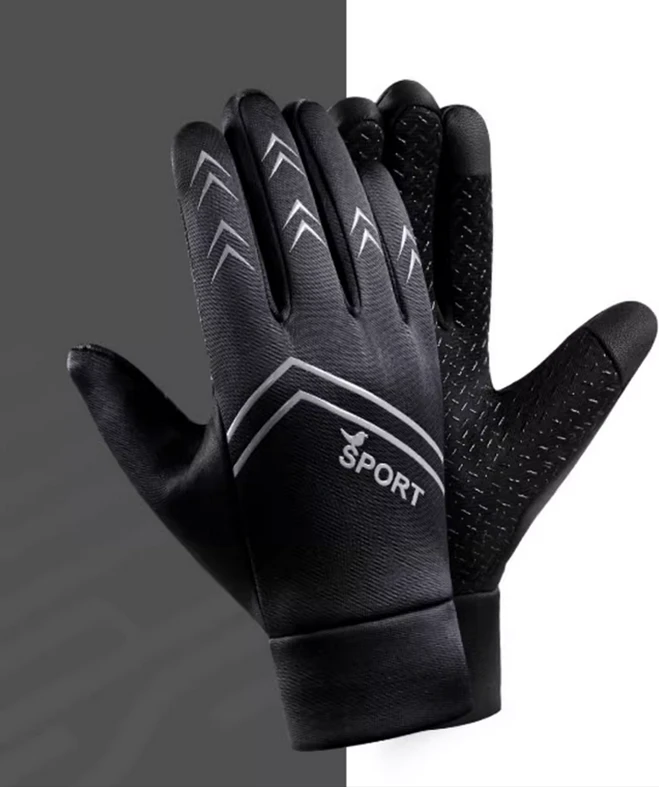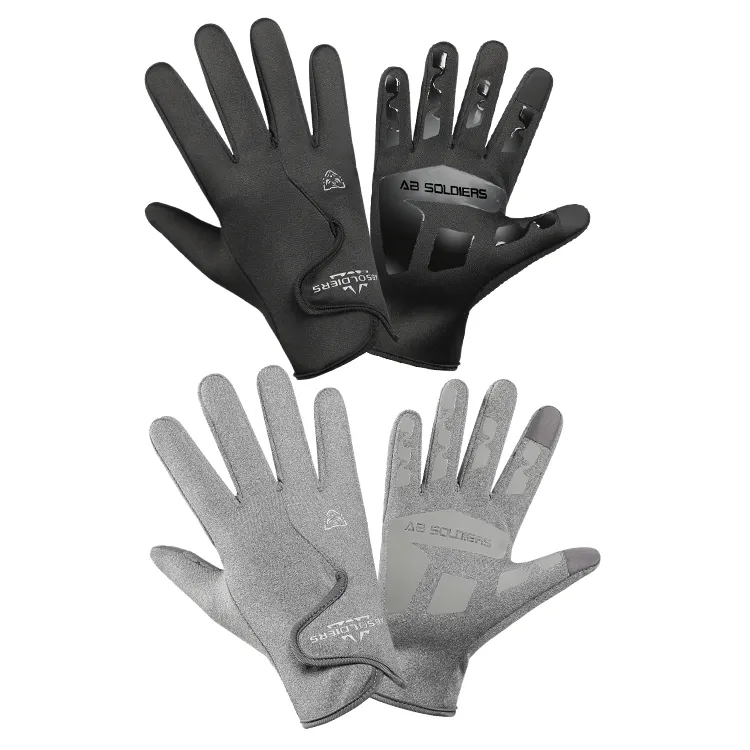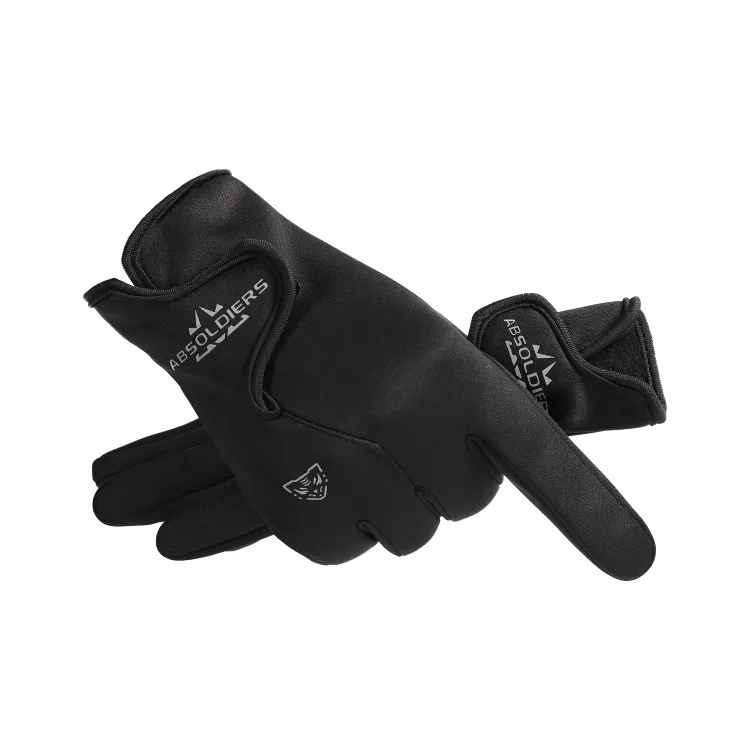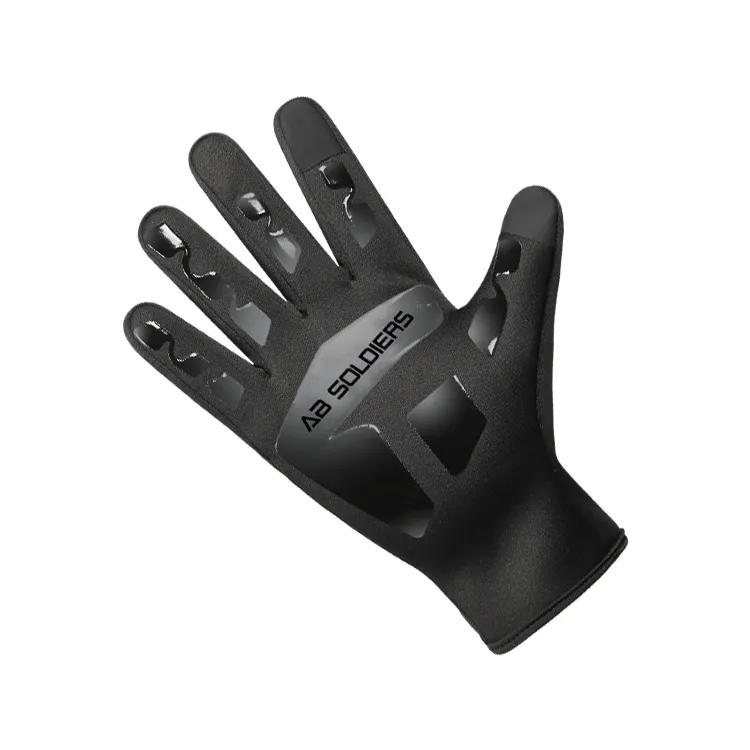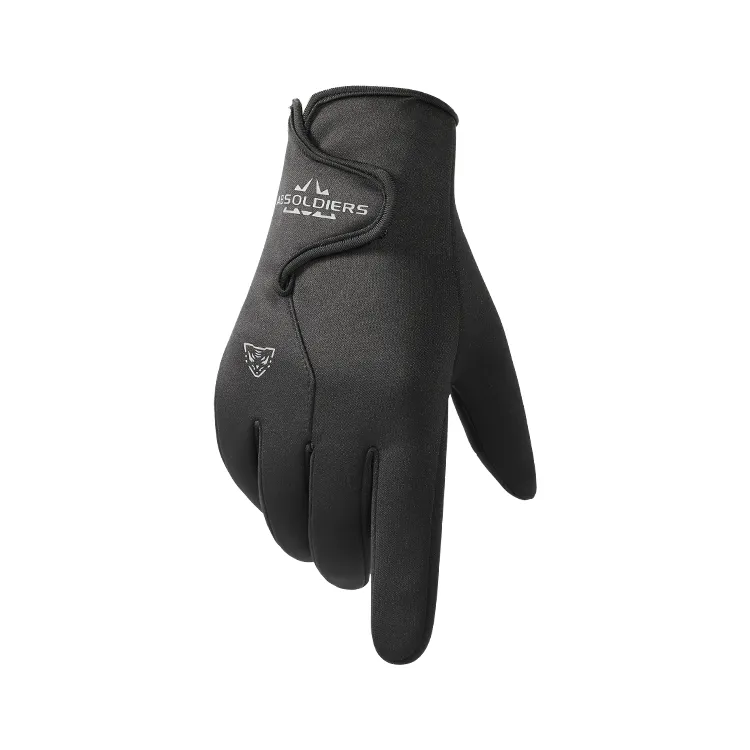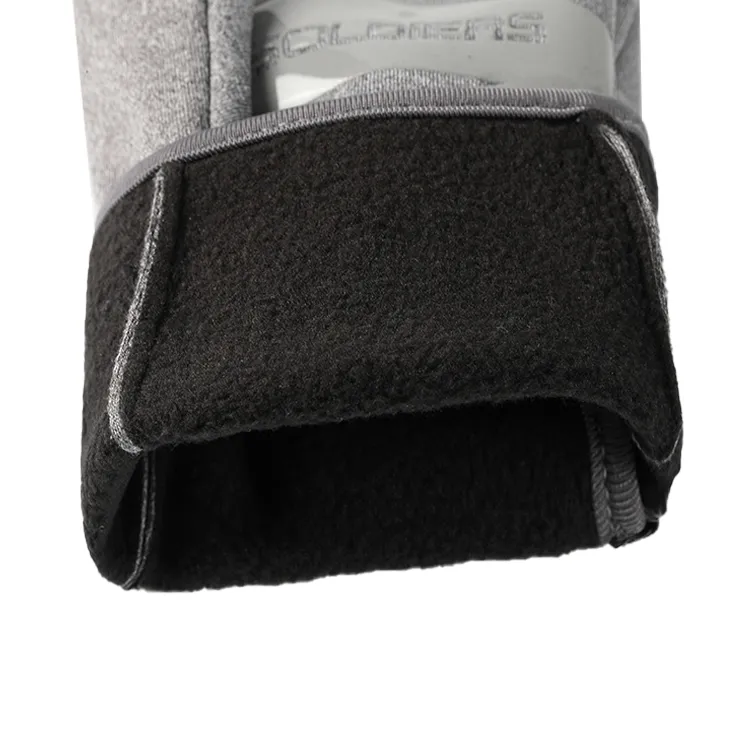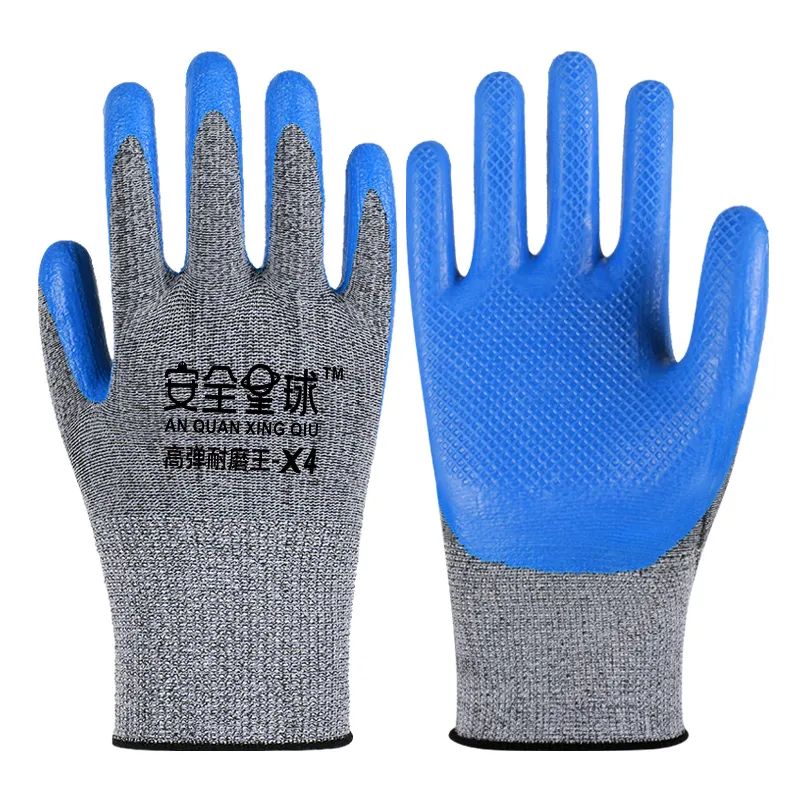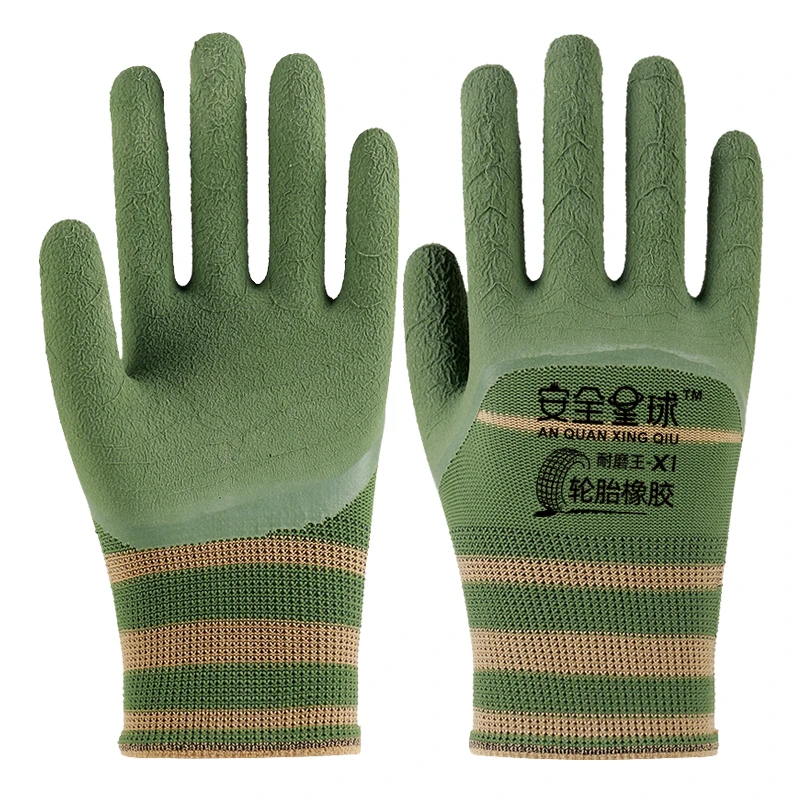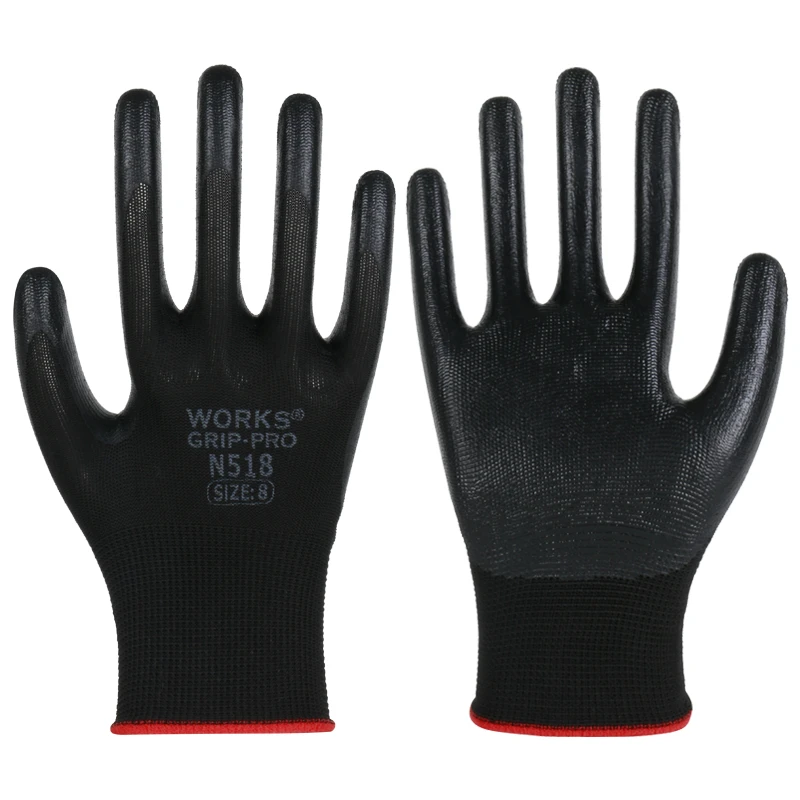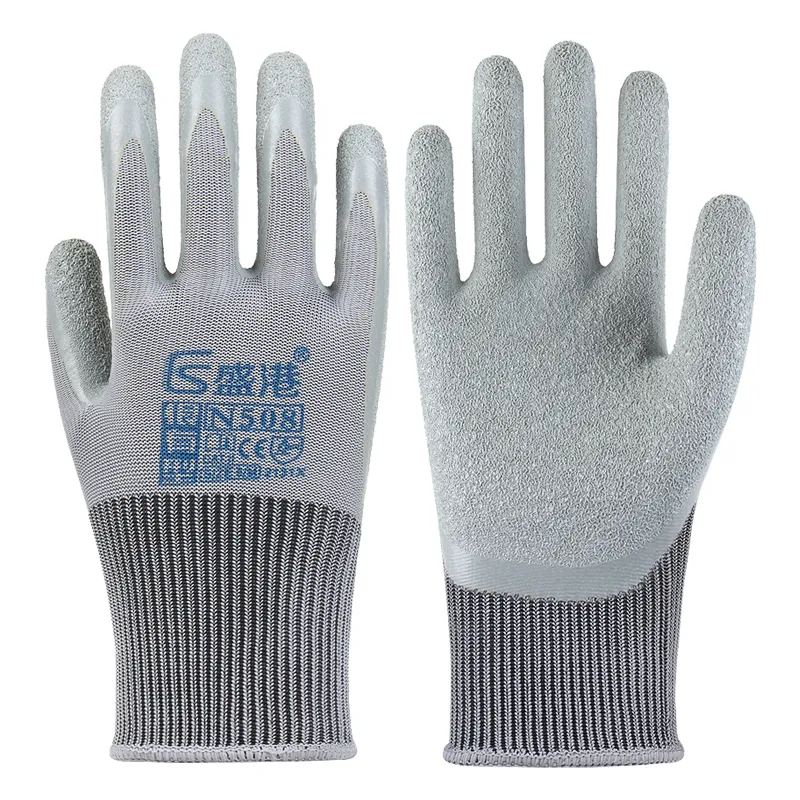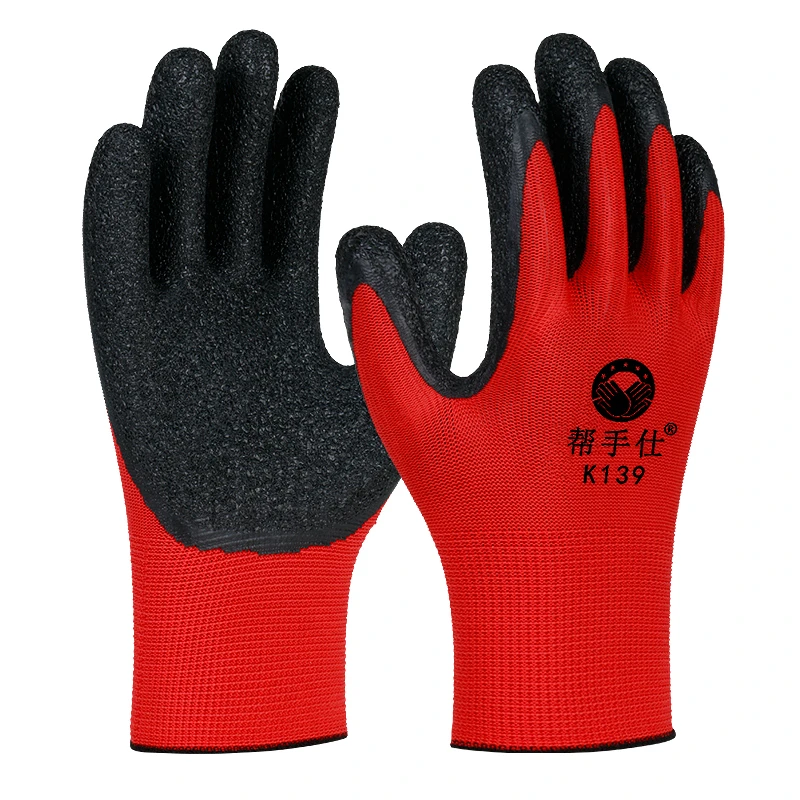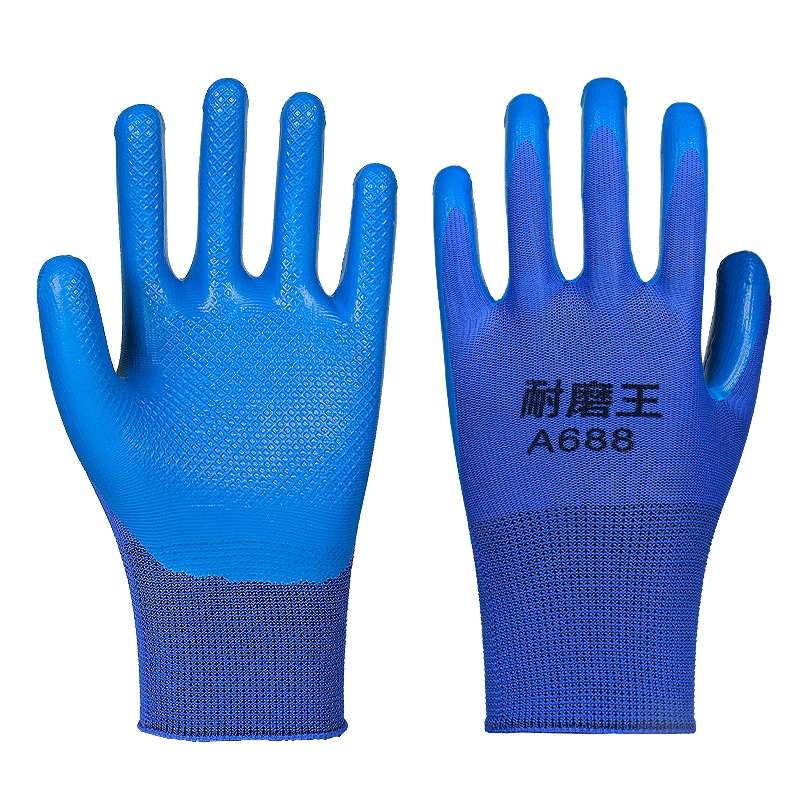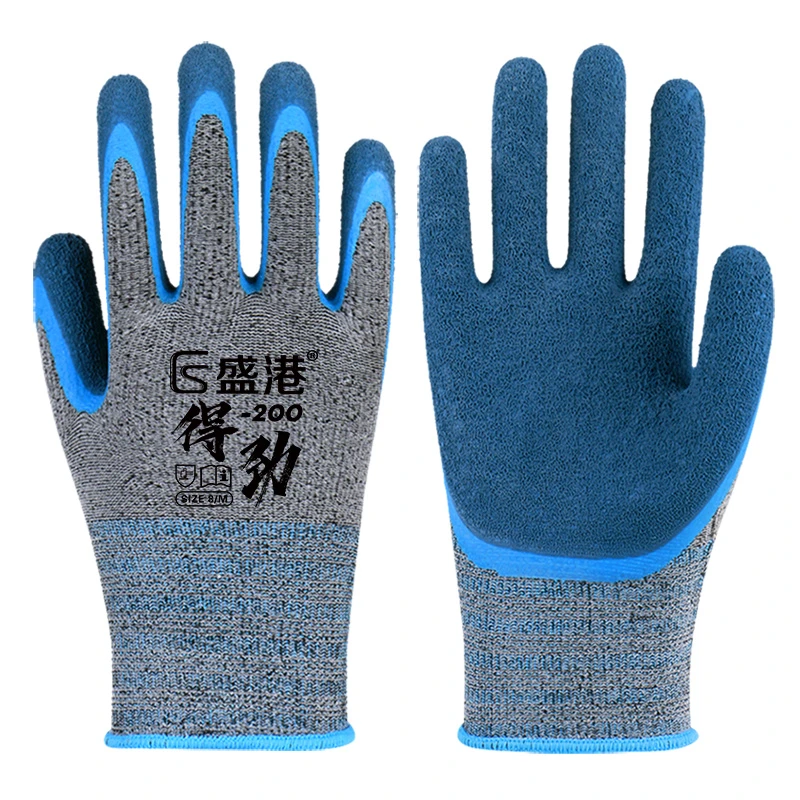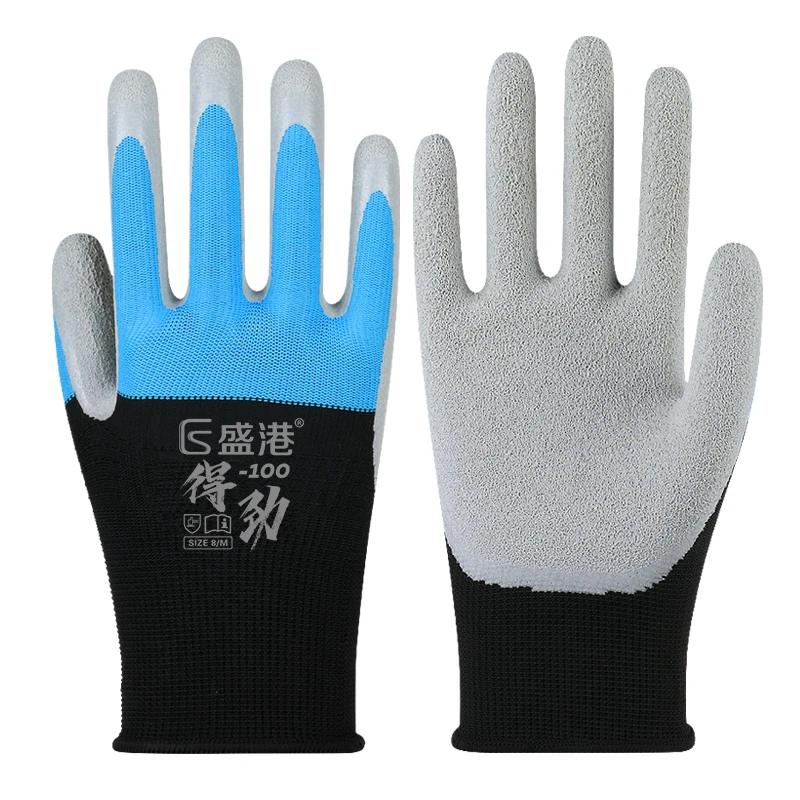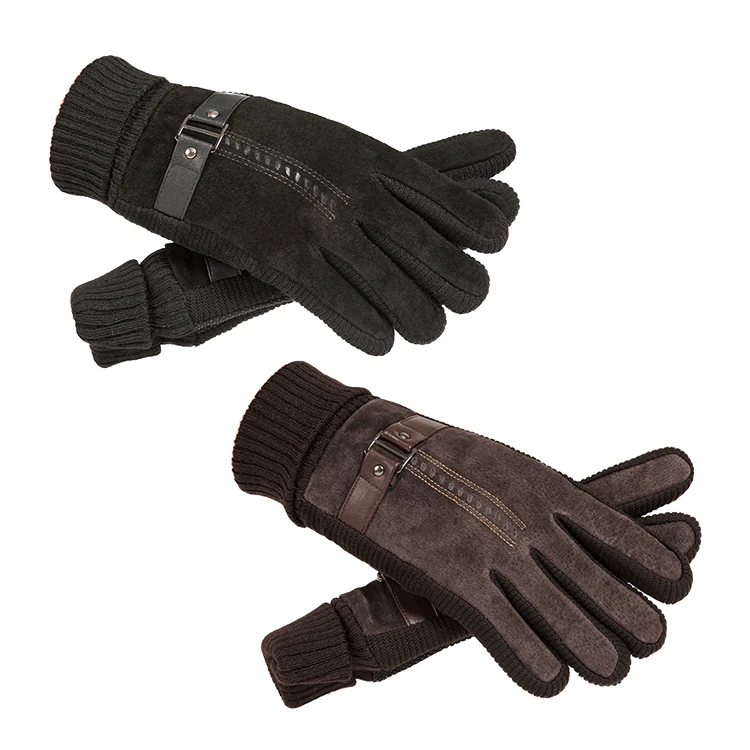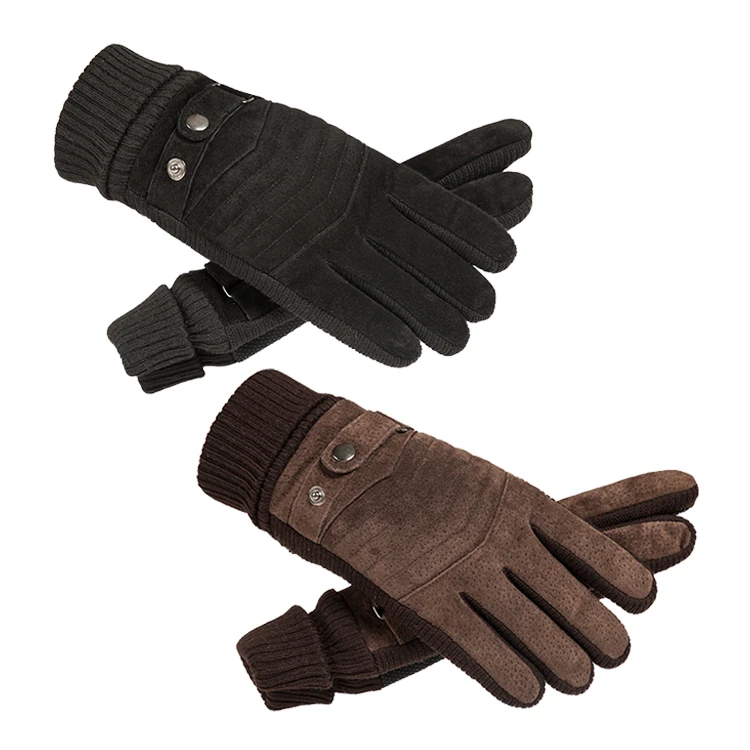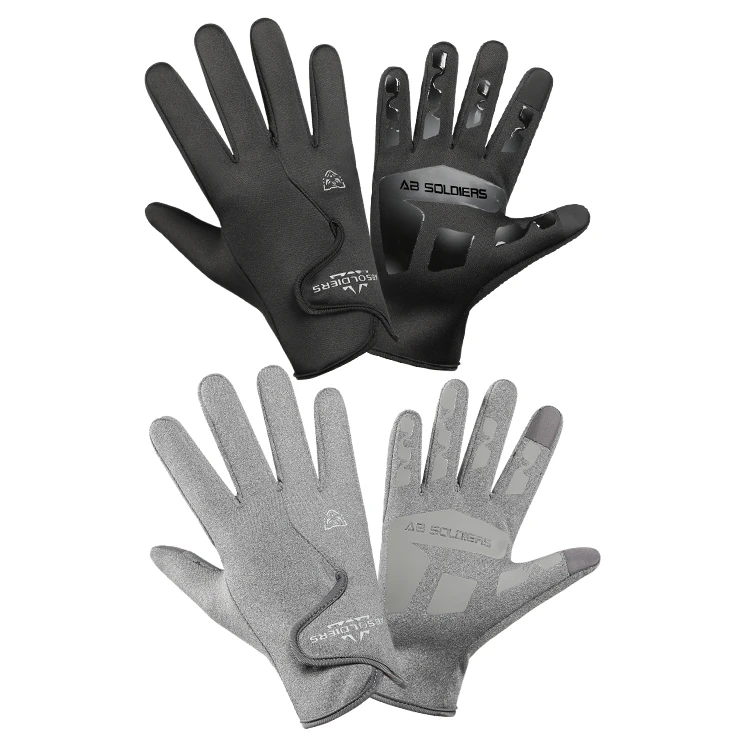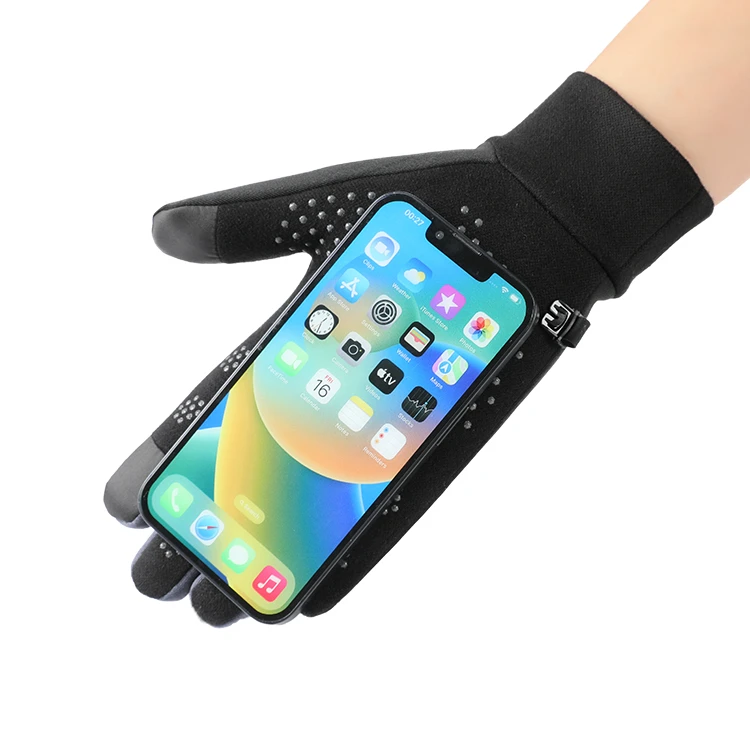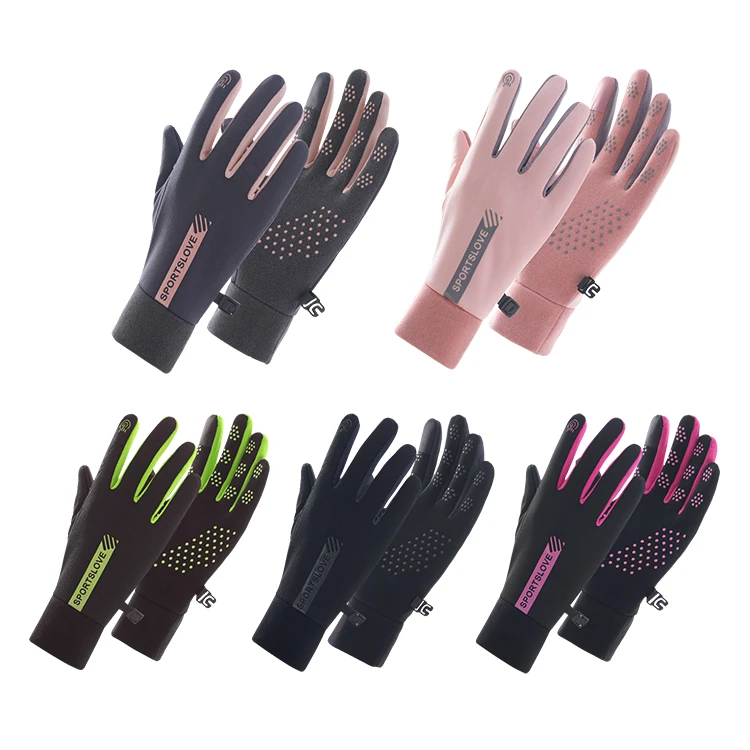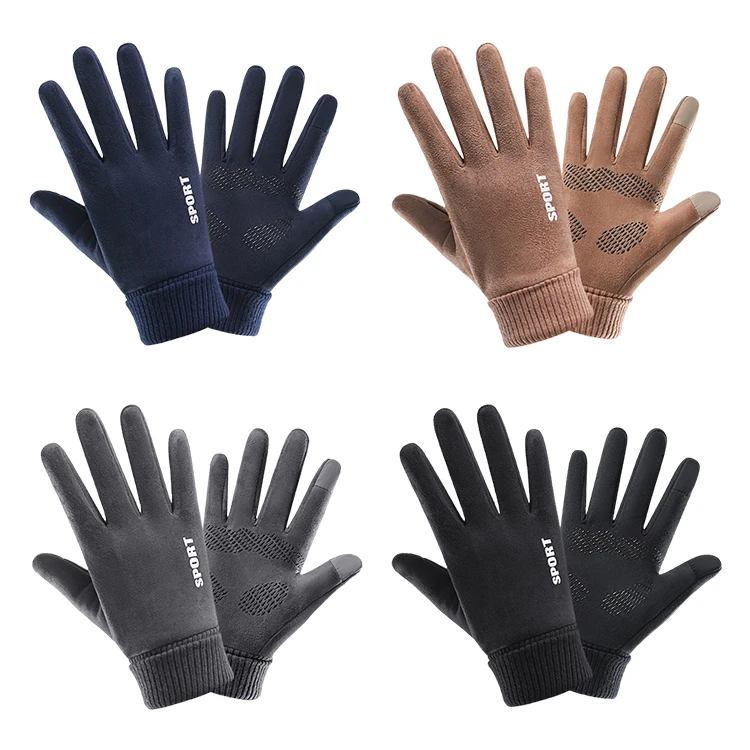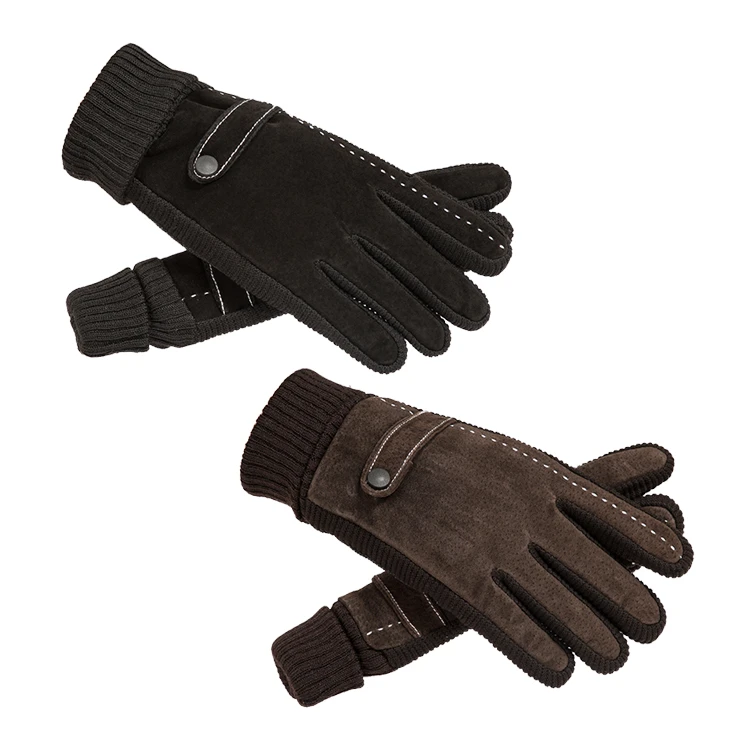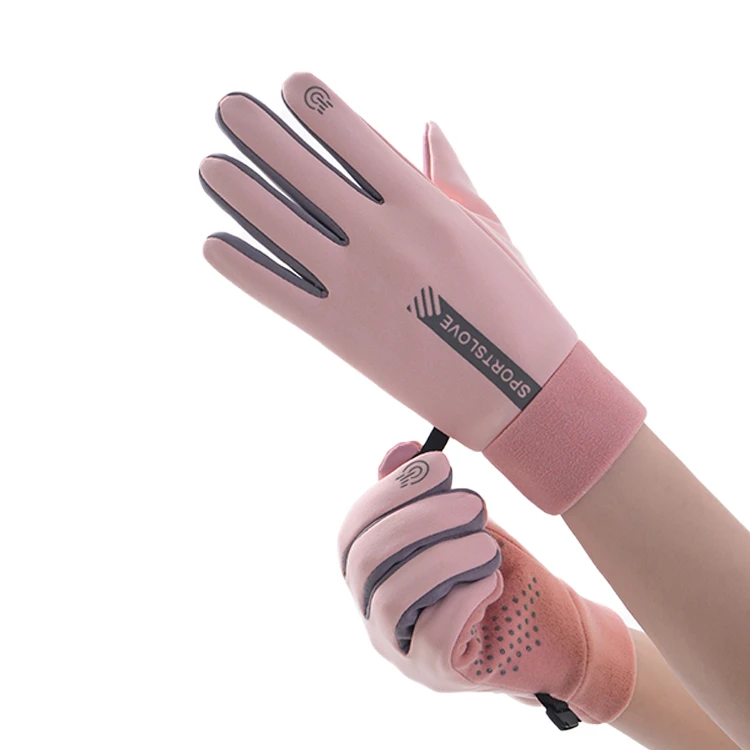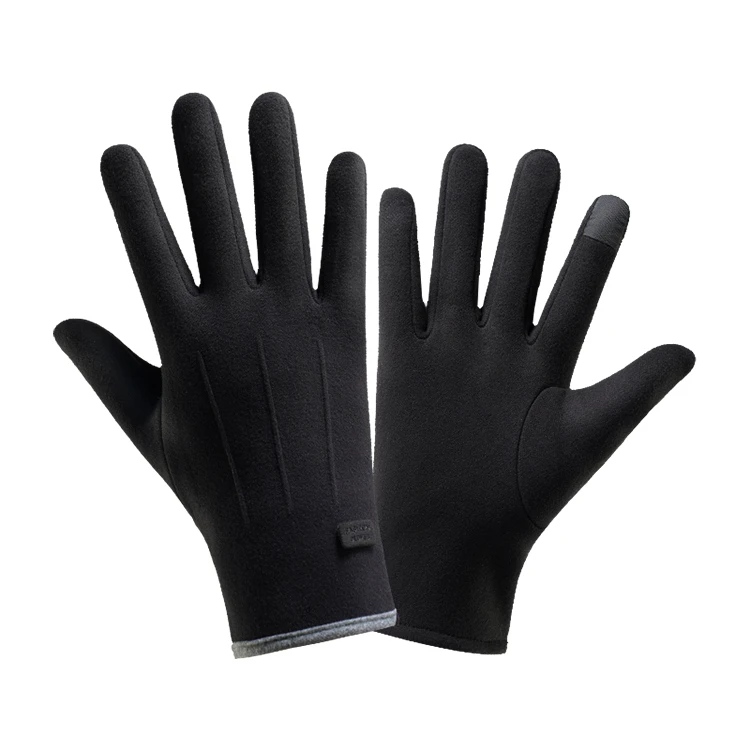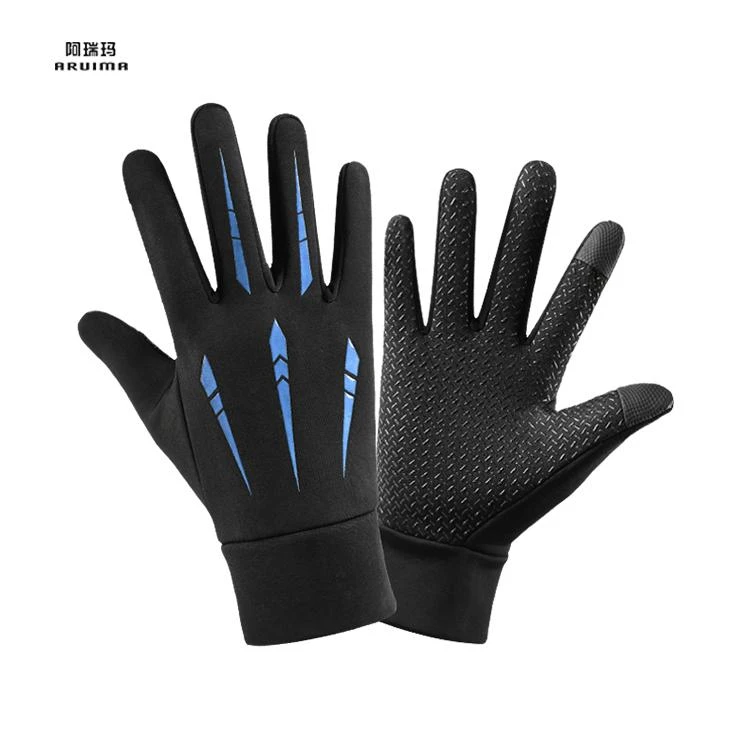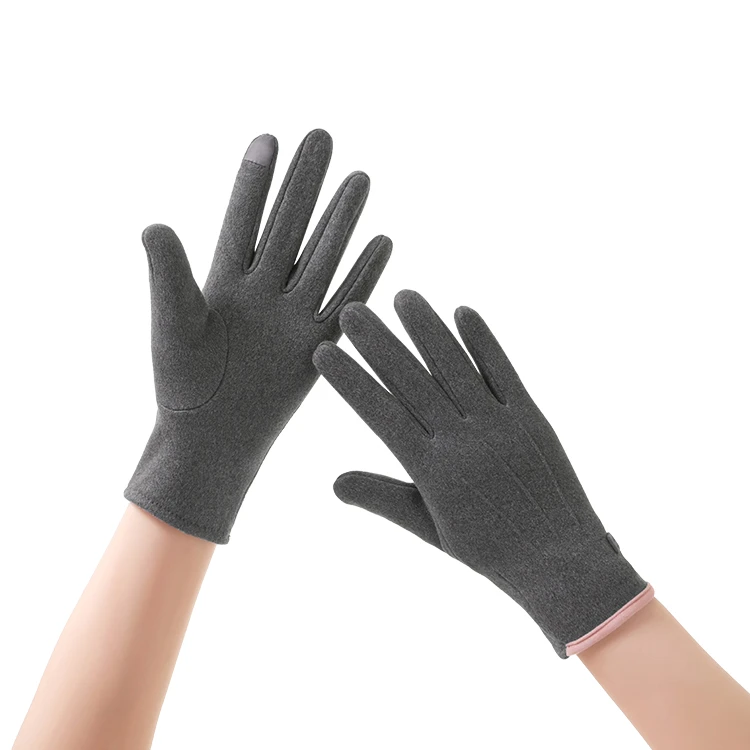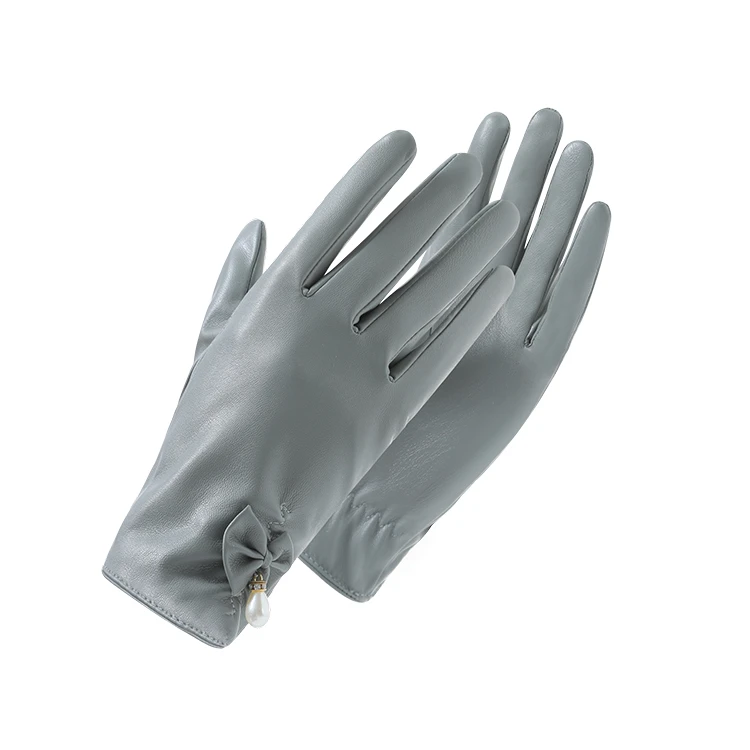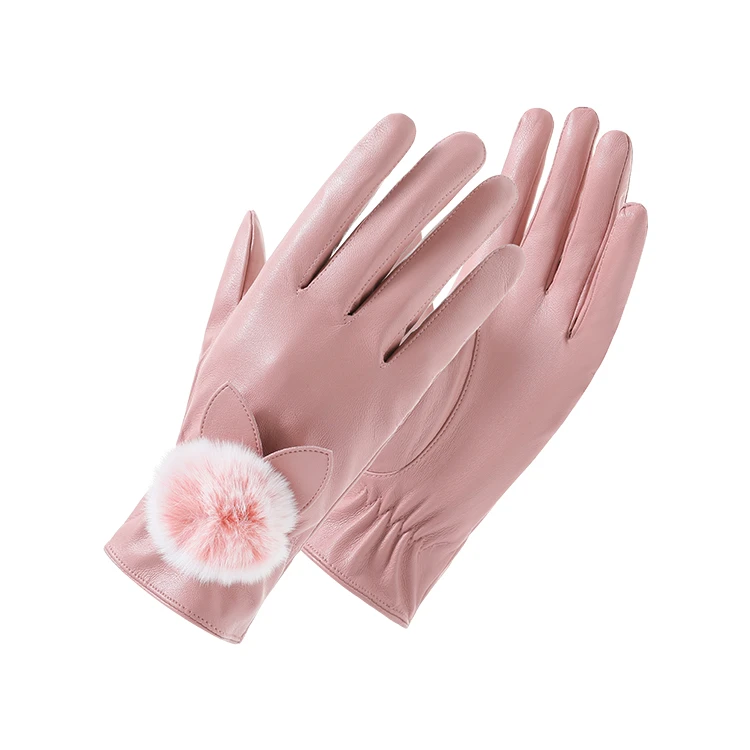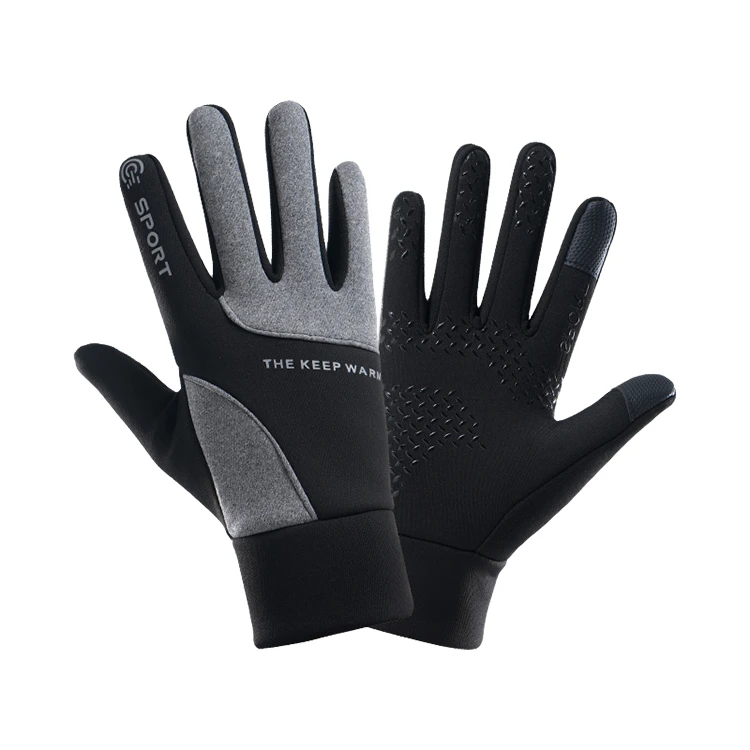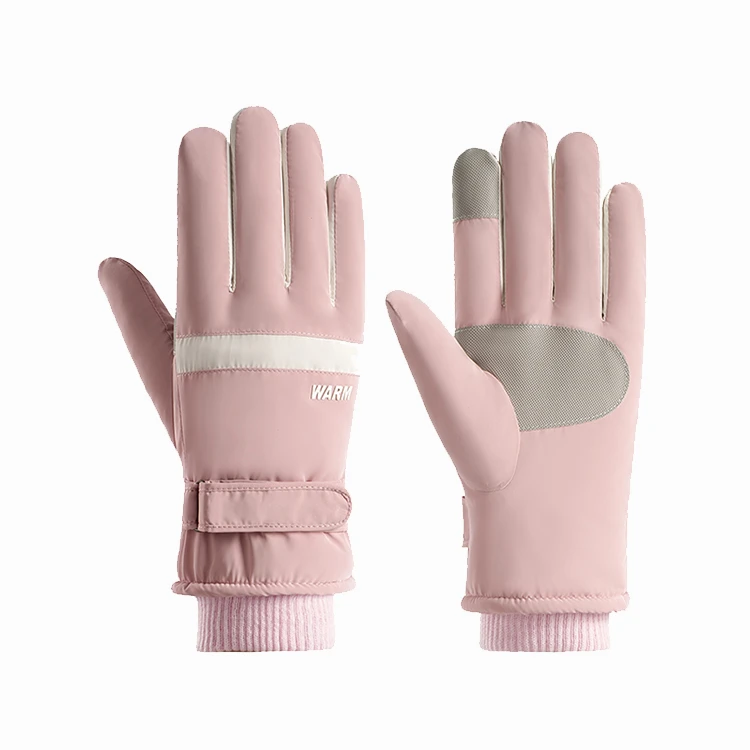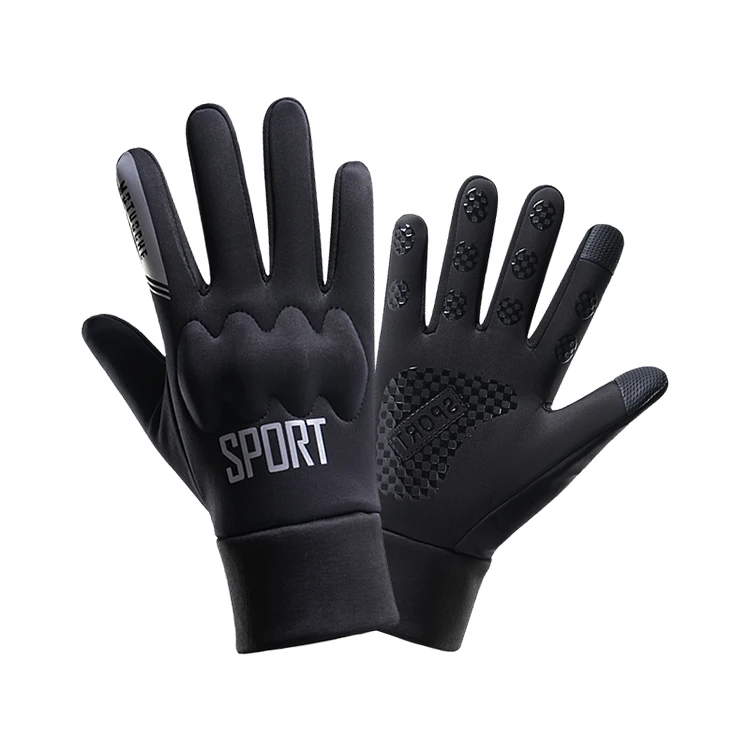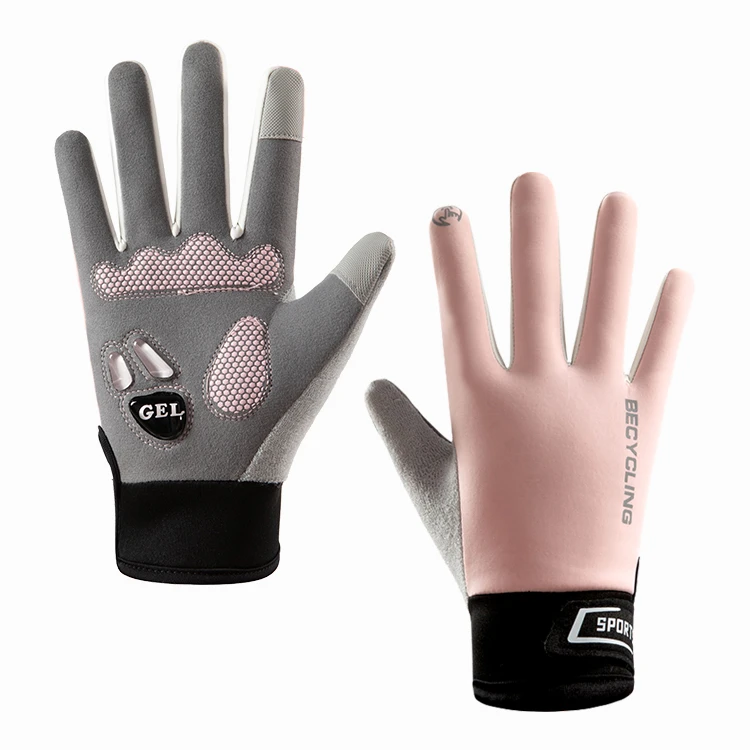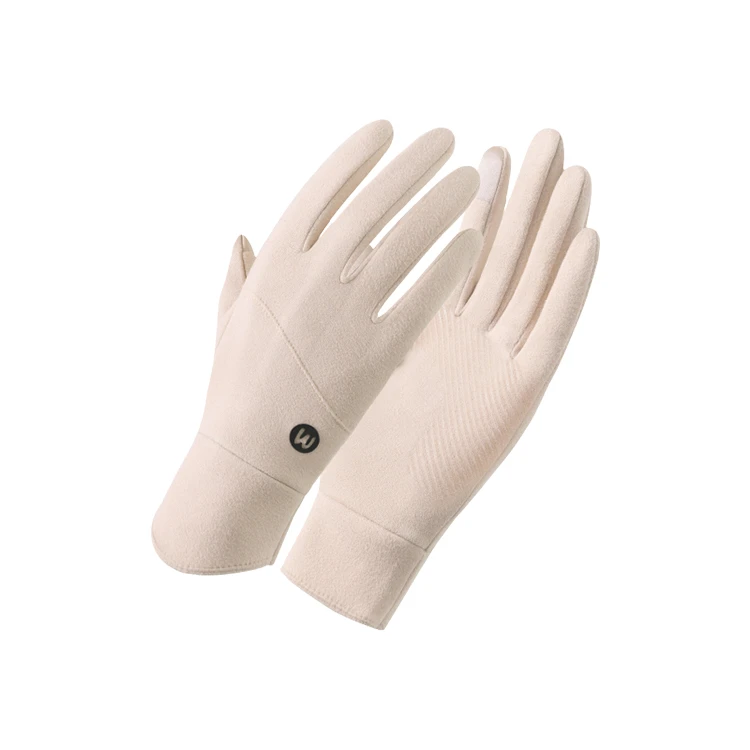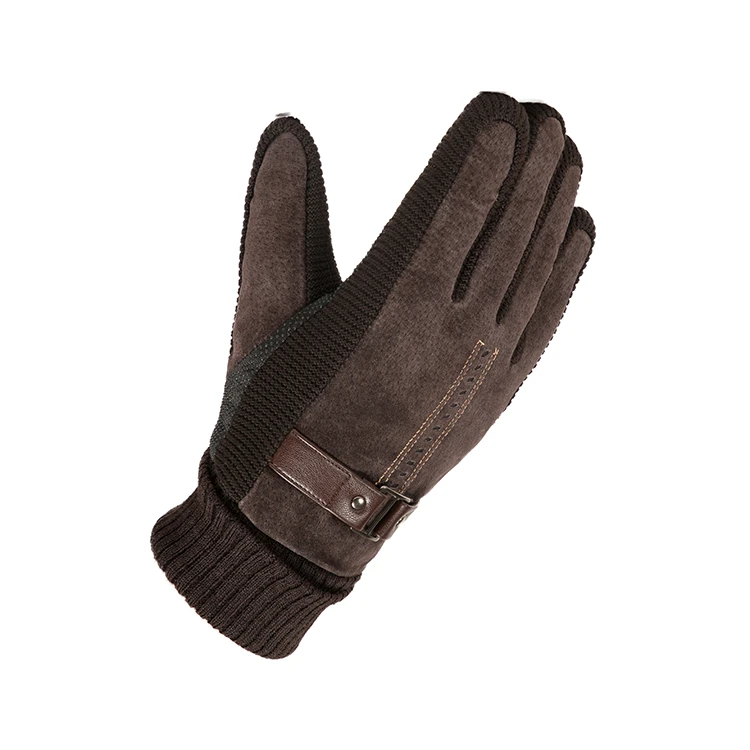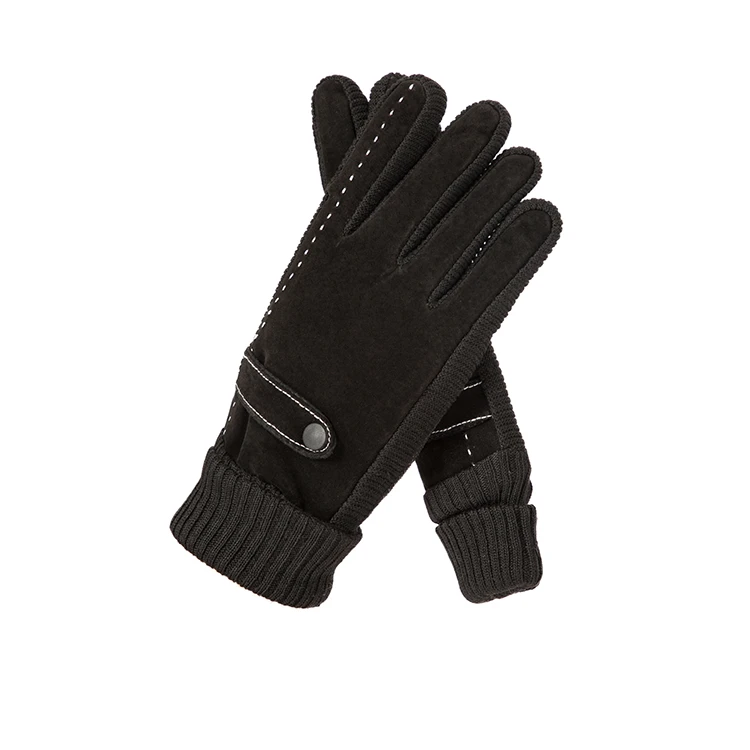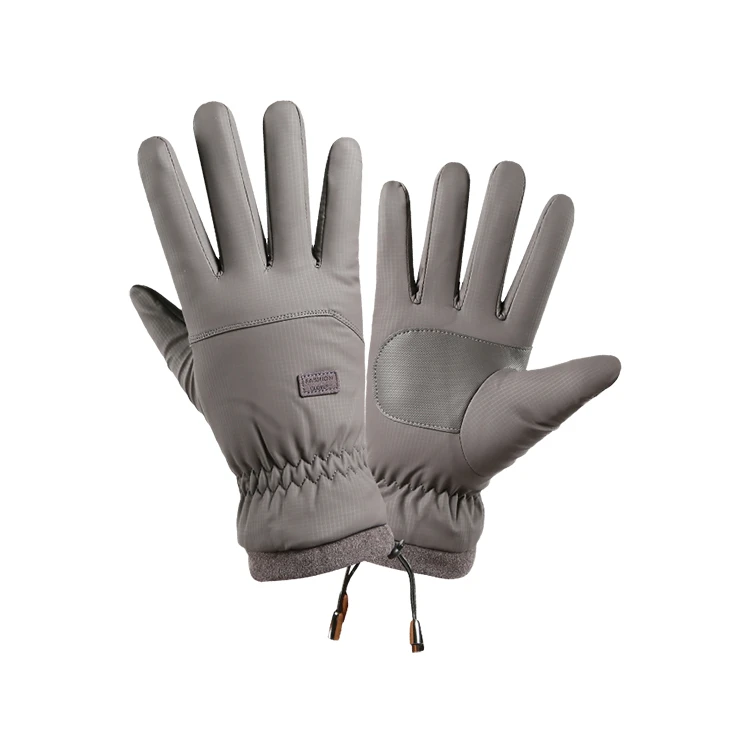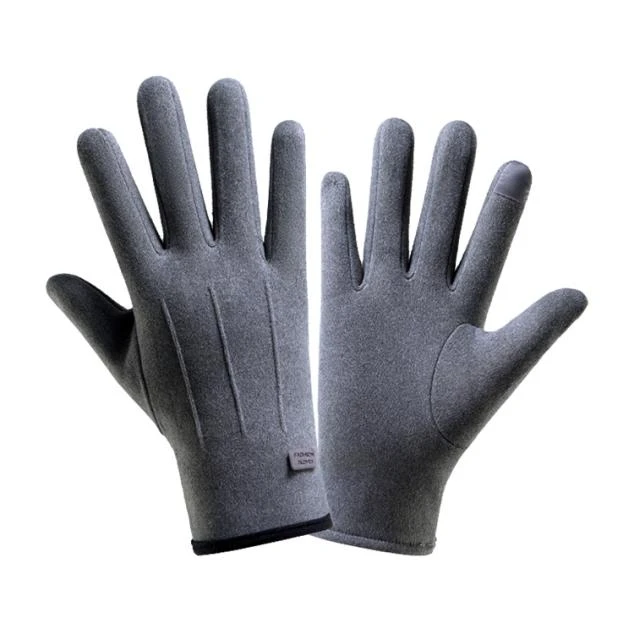|
size |
free size |
|
coating material |
silica gel |
|
structure |
suture |
|
gasket |
cotton cloth |
|
length |
22.5cm |
|
colour |
black |
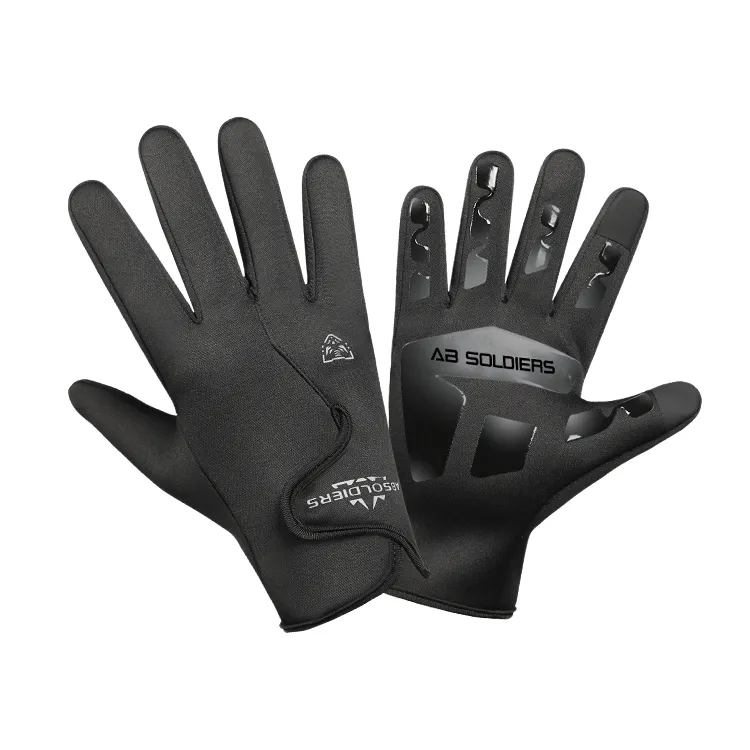
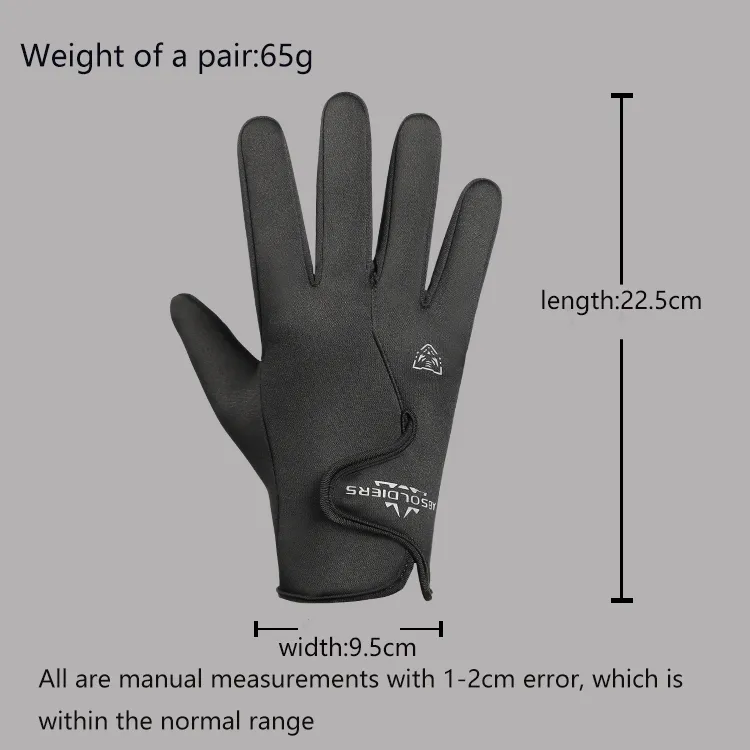
Ergonomic non-slip design
Elastic fabric keeps warm and comfortable
Fingertips touch the screen to free your hands
Full hand non-slip fit hand shape
67*28*52。16.72Kilo or so 200 pairs






What Materials Make Gloves Touchscreen Compatible?
In our increasingly digital world, the need for touchscreen-compatible accessories has become essential. One of the most popular items in this category is fleece touchscreen gloves. Not only do these gloves provide warmth in cold weather, they also allow users to interact with smartphones, tablets, and other touchscreen devices without having to remove the gloves. But what exactly makes a glove touchscreen-compatible? Let’s take a deeper look at the materials and technologies that make this possible.Before we get into the materials used in touchscreen gloves, it's important to understand how touchscreen technology works. Most modern touchscreens use capacitive technology, which relies on the electrical properties of the human body. When you touch the screen, it detects changes in capacitance and registers the input. This means that for a glove to be touchscreen-compatible, it must be able to conduct electricity in a way that mimics the touch of a bare finger.
Conductive thread: One of the most commonly used materials for touchscreen gloves is conductive thread. This special thread is woven into the fabric of the glove, allowing the glove to conduct electrical signals. Conductive thread is usually made from a mix of materials, including silver, copper or other conductive metals, which have excellent conductivity while maintaining flexibility and comfort.
Conductive fabric: In addition to conductive thread, some gloves are made with conductive fabric. This fabric is usually a blend of traditional materials like polyester or nylon with conductive fibers. This fabric is soft and flexible and can easily transmit electrical signals, making it ideal for touch screens. Fleece touch screen gloves often use this fabric, which is both warm and practical.Silicone Coating: Another innovative way to make gloves touchscreen compatible is to use silicone coating. Some manufacturers coat the fingertips of gloves with a thin layer of silicone. This layer of silicone conducts electricity, allowing users to interact with the device seamlessly. Silicone-coated gloves are generally durable and abrasion-resistant, making them a popular choice for outdoor activities.
Smart Technology Integration: As technology advances, some gloves now feature smart technology integration. These gloves may include built-in sensors or conductive pads to enhance their touchscreen capabilities. While these gloves may be more expensive, they often offer superior performance and added features, such as heating elements for extra warmth.Wool touchscreen gloves combine warmth and practicality. Wool is a soft, insulating material that locks in heat, making it perfect for cold weather. When combined with conductive materials, wool gloves allow users to stay warm while easily using their devices. This is especially beneficial for those who need to use their phone for navigation, communication, or entertainment while on the go.wool touchscreen gloves are generally lightweight and comfortable, making them suitable for a variety of activities, from walking and running to skiing and snowboarding. These gloves are extremely versatile and are a must-have accessory for anyone who relies on their equipment during the colder months.
The materials that make gloves touchscreen compatible are critical to ensuring users can interact with their devices without sacrificing warmth or comfort. Fleece touchscreen gloves combine conductive thread, fabric, and innovative technology to provide a great solution for staying connected in cold weather. As technology continues to advance, we can expect more advancements in materials and designs for touchscreen gloves, making them an essential part of our winter wardrobes.
